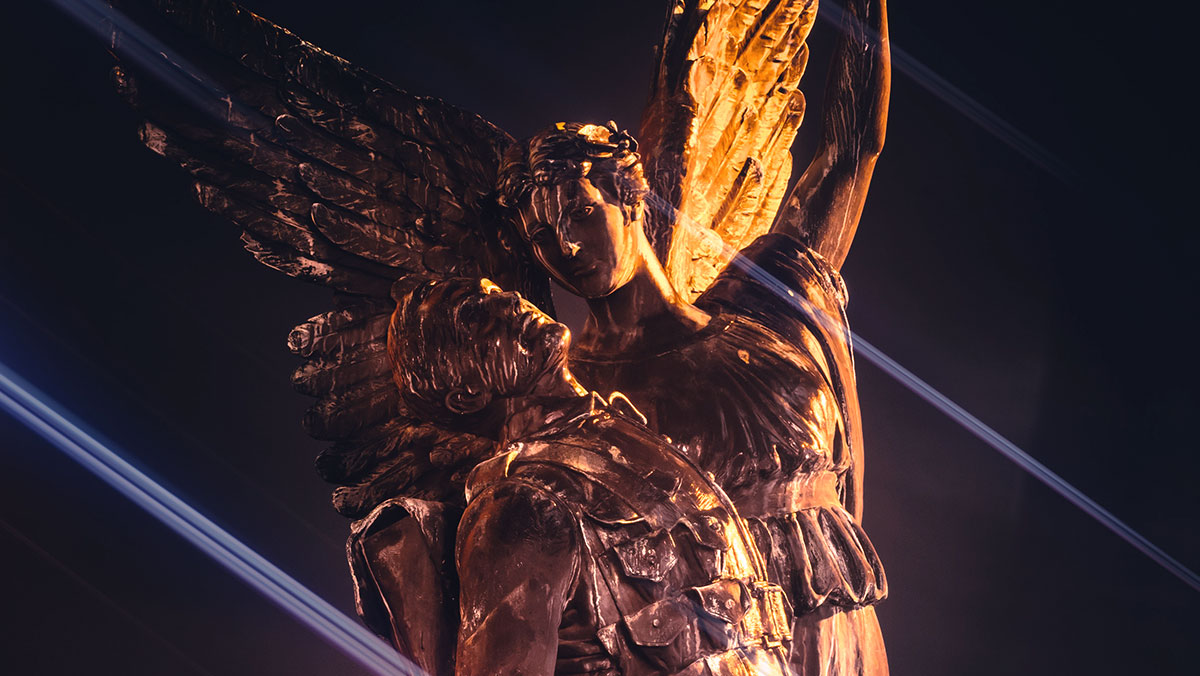
Corporate brand collaborations – it’s a well-trodden path, one that we’ve come to know and understand. Choose the right co-branding partner and, in the past, you were able to lift your brand equity, reach a new audience, expand your product line, and reinvigorate customer consideration.
From the sensible and expected, such as Starbucks’ collaboration with Spotify, to the out there and random, such as KFC’s relationship with Lip Smackers – regardless of who’s involved, when any two brands choose to tie themselves together, there are hurdles to navigate.
But the complexities only increase when, instead of two well-governed corporate entities, we add that messiest and unpredictable of beings…the human creator.
Why work with a creator?
Brands have always had a special part to play in the shaping of a culture, but as Gen Z’s impact on society becomes apparent, the role of brands needs to shift from a stationary object to something more fluid and dynamic.
Working in partnership with a creator allows brands to add texture and color to their identity. It gives them permission to stretch onto new platforms and into new product areas, and do so in a way that is genuine and original.
From custom sneakers by chicken wing enthusiastic YouTubers to chicken nugget pillows by rappers, this new style of branded collaboration is a deeply creative endeavor.
But the stakes are high, succeed and you become a part of the Zeitgeist, fail and you waste time and money.
So what is the key to nailing your collaboration with this new-world creator?
Look outside the ‘traditional’ influencer
A few years ago, we thought of ‘influencers’ as industry experts, bloggers, or celebrities posting paid-for content across Facebook and Instagram. It’s safe to say, however, that we are all now savvy to (and sick of) the plethora of diet tea and charcoal toothpaste content online.
Content that is clearly disingenuous tends to be made ‘for everyone’ and therefore heard by nobody.
Now, who has influence and what platforms they are using has completely altered. TikTok has fed the Gen Z thirst for micro-content, the rise of podcasts means there’s a show for every conceivable interest, and gaming universes have stretched influence into the avatar landscape.
Target hyper-niche segments of your audience
The democratization of influence and the breadth of content platforms on offer means brands need to think beyond the traditional criteria of the largest number of followers across a broad ‘persona’. Instead, they need to dive deeper into niche creators working on platforms such as Animal Crossing or League of Legends, that hold deeper levels of engagement with very specific areas of their customer base.
One such example of a brand embracing this principle is Klarna, the buy-now-pay-later app. They recently worked with stylist and DJ Micah “Noodles” Mahinay to create an online shopping installation on the gaming platform Animal Crossing.
For Klarna, a more obvious collaboration choice would’ve been a seasoned finance expert or a home budgeting guru on Instagram – but by rethinking their definition of influence, they reached out to a new audience in a way that was memorable and unique.
Other brands embracing this principle include Red Bull and their gaming collaboration with the influential player Ninja, but also the NFL and its work with street artists to create custom murals.
By working with creators that sit outside your industry’s typical sphere, who operate on platforms and engage with more niche sections of your target audience, your partnership will have a better chance of making an impact.
Stay true to the values of your brand
The next tip for getting your collaboration with a creator right is an obvious one, but it’s obvious for a reason. You need to make sure that the values that you stand behind as a brand, are similar to the values your creator espouses.
MCo beauty is a good example of a brand that has recently got this right. As a budget but proudly ethical beauty brand they knew they needed a creator to collaborate with who was equally accessible and morally led, which is why their decision to work with Celeste Barber has seen Woollies shelves emptied of their latest product drop.
Take a giant leap of faith
Once you’ve identified the right creator, one who has a deep engagement with a niche area of your customer base and who shares your core values, the next key to a successful creator relationship is perhaps the most intimidating.
You need to loosen your hold on as much of your brand as possible. This means protecting what is deeply sacred; your values, your purpose, perhaps an area of your identity that is absolutely critical, and letting go of everything else.
Only then will you be able to achieve “brand collaboration Nirvana”; making something truly original.
McDonald’s understood this when they entered into a collaboration with Travis Scott. Nowhere in their brand guidelines would they have rules for creating chicken nugget body pillows, but alas, here we are. As a result of these truly unique relationships, McDonald’s reportedly ran out of some of the ingredients in the Travis Scott meal within days.
The key takeaways for getting your creator collaboration right
As mentioned at the very start of this article, we now expect our brands to embrace the same fluidity and dynamism that consumers themselves are adopting. We crave a more human approach to content and collaborations and that’s where a creator can really add value to your brand.
By thinking beyond the old world influencer, seeking hyper-personalized engagement and understanding what is sacred to your brand you set a fantastic foundation for the right collaboration.
But, ultimately, true creativity requires freedom, which means trusting your partner to do what they do best – create. It’s a big leap of faith but one that will pay off in the long run.
Cover image source: Brayden Law